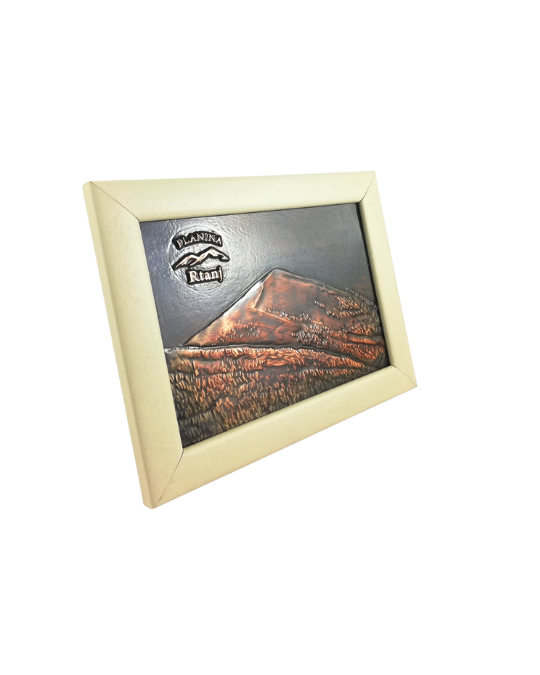In the place where the relics of the Serbian saint were burned in the 16th century, an eternal flame remained, the spirit of the saint – Saint Sava. The strength of the faith and harmony of a people can be seen and experienced through the example of the Orthodox temple dedicated to Saint Sava. The Church of St. Sava is not only a guide in the city of Belgrade, it is the heart of the Serbian people, a gathering point and an eternal goal. The grandiose object has long been seen here by some eyes, today we can all enjoy and admire that ancient idea strengthened by faith and love. The enemy’s idea was destruction and a show of power, but faith in the Serbs and the silent prayer of Saint Sava made that flame last forever. The Svetosava temple carries the spirit of the Serbian race. From Vračar, where the temple is located, the eternal flame shines far and wide, warms and comforts.
Let’s go back in time to the moment when the idea of building a temple was created. The idea was created at the end of the 19th and the beginning of the 20th century. The initial spark was taken at the moment of founding the Society for the Construction of the Church of St. Sava in Vračar, based on the idea of Metropolitan Mihajlo. Architects Bogdan Nestorović and Aleksandar Derok were entrusted with designing the project for the Svetosava Temple. The Nestotović-Deroko project began in 1935. The impending global instability due to World War II interrupted further construction of the temple. Construction continued only in 1984. Then the temple gets a magnificent dome, weighing 4,000 tons and a 12m high cross – the highest cross on all Orthodox churches in the world. Construction is suspended again, and then continues much more successfully only at the beginning of the 21st century.
The society for building the temple of St. Sava in Vračar headed by Patriarch Pavlo was renewed in 2001. External works on the temple were brought to an end in 2004, when the temple got an appearance similar to today’s.
The interior of the temple was entrusted to Russian artists. The mosaics in the crypt and the temple were made by a team led by Academician Nikolai Mukhinov. The crypt was designated as the place where Serbian patriarchs will be buried. The year 2020 can be considered the period of completion of the interior works of the Svetosava temple. Today, the temple has its basic – liturgical function.
The saint is always and everywhere with his people. However, it is nice to show gratitude, to take away the worldly. The nugget of gratitude is honorably placed on Vračar in the middle of beautiful Belgrade. Go to the temple of Saint Sava, you have never felt such love, the saint extends his arms to all good souls.




